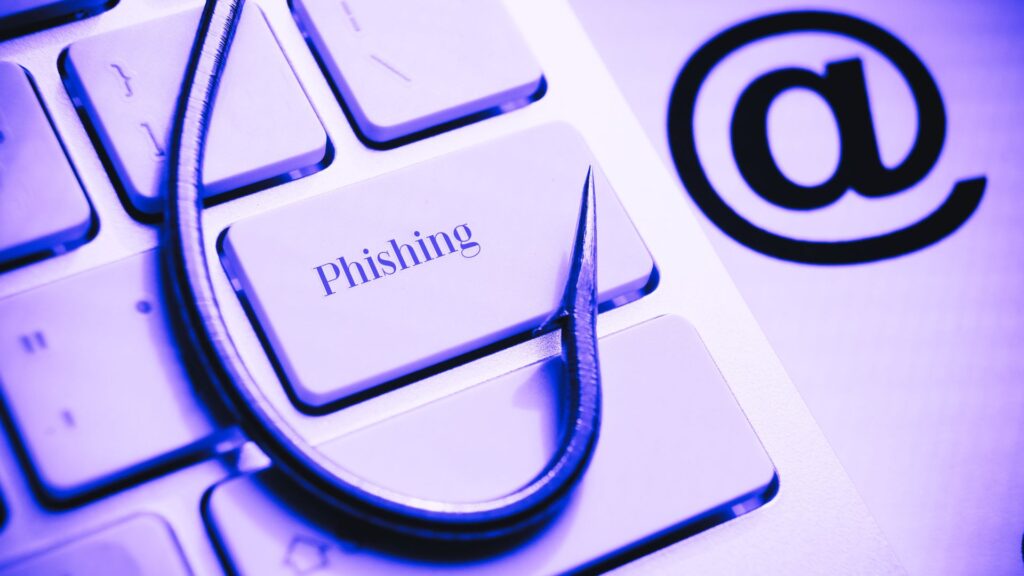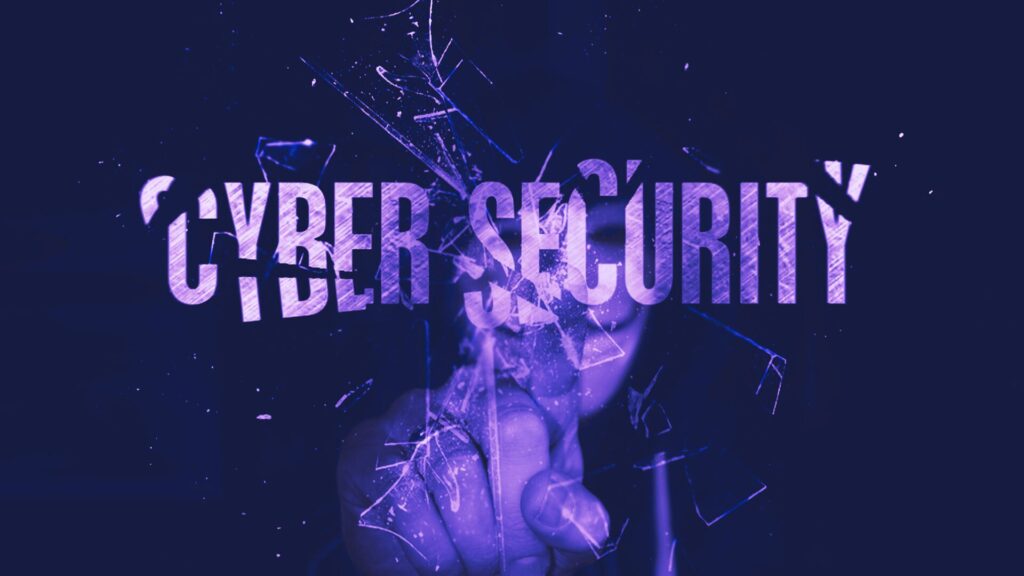An email lands in your inbox, supposedly from your bank, urging you to verify a transaction. The sender knows your name and even some of your account details. It looks like a legitimate request, but you haven’t performed any transactions on your account. You have been targeted by a spear phishing attack.
So, what is spear phishing and how can you avoid being the next target? Let’s dive in.
What is spear phishing?
Spear phishing is a targeted form of phishing which is designed to look and feel personal to each victim. Unlike typical phishing attacks, spear phishing is precise, calculated, and often personalized. Attackers will research specific individuals or organizations to gather enough information to creating convincing emails.
How does a spear phishing attack work?
To understand this type of phishing attack, it’s helpful to break down the process attackers use to pull off these targeted scams. Here’s how it typically works:
- Research the target. An attacker will start by collecting data about their intended victim, often from social media, public records, or even from data stolen due to a data breach. For example, they can check your LinkedIn and Facebook profiles to gather information about you.
- Craft a convincing message. After they have your profile, they will create a message that would be specially personalized just for you. For example, it could appear to be from your boss, from a client, or even from a social group.
- Deploy the attack. Once they have completed the message, they will send it directly to you, the victim. In many cases, the email will contain links to fake websites or malicious attachments.
- Get your data. If you respond to the email either by clicking the link or opening the file, the attacker will capture the information and may use it for further attacks or even sell it on the dark web.
Why is this attack so effective?
The personalization of these emails is what makes it particularly effective. When attackers are able to include details that lend some legitimacy to the message, it often leads to the victim trusting that the message is correct without a second thought.
Another reason is that spear phishing attacks can hit anyone. From individuals to large corporations, anyone can become the next target which can lead to huge data breaches.
5 easy tips to recognize and avoid spear phishing
Follow these steps to help you recognize these deceitful attacks:
- Be wary of urgency: If the email creates a sense of urgency, don’t be afraid to pause and verify the request. It is best to be cautious to ensure that you are not putting yourself at risk.
- Inspect links carefully: Hover over the link to see that URL so that you know exactly what website it will open. If the URL doesn’t match the sender’s organization or it looks suspicious, rather don’t click the link and contact the actual sender directly.
- Check for personal details: Even though these messages are personalized, they may contain small errors that could be a clue. Look for typos, inconsistent email addresses, or unusual wording.
- Use MFA: Multifactor authentication, or MFA, adds an extra layer of security by including an additional step to authorize your activity. MFA could assist in preventing the attacker from accessing your account, even if they have the password.
- Stay up to date: This is a continuous process so ensure that you stay updated with the latest trends, and always update your software.
Stay safe!
As your online presence grows, so does the potential for attackers to craft personalized attacks that may catch you off guard. Spear phishing is a reminder that attacks can be aimed directly at you.
Remember to stay informed and vigilant. Don’t be afraid to take a moment to double-check that email.



